It would be easy to assume that a high SPF sunscreen would be better than a lower SPF sunscreen, but this isn’t always the case…
While a sunscreen’s SPF rating is important, there are a few other points that you should consider too.
SPF is Only Half of the Equation
Do you know what SPF actually measures?
Most people would guess that the SPF rating of a sunscreen measures how effectively that sunscreen is able to protect a person’s skin from the sun.
Well, that answer is true, but there is more to it than that…
The sun emits three types of UV rays, two of which you need to be aware of:
- UVA Rays – these are the rays that are largely responsible for skin aging. They do also contribute to skin cancer too
- UVB Rays – these are primarily responsible for skin cancer, but they do also contribute to skin aging
- UVC Rays – although these are the most dangerous rays emitted by the sun, they are filtered out by the Earth’s atmosphere, meaning that they do not reach your skin at all
With UVB rays being the ones that are largely responsible for skin cancer, these are the rays that traditional sunscreens have been designed to focus on.
Therefore, SPF measures how well a sunscreen protects against UVB rays, completely ignoring UVA rays.
This may seem shocking at first…
After all, UVA rays do still contribute to skin cancer, and they are the rays responsible for fine lines, wrinkles, dark spots, loose skin and more. Plus, it is estimated that there around 500 times more UVA rays than UVB rays in the sun.
So, it goes without saying that finding a sunscreen that protects against both UVA and UVB rays is important.
How do you know if a sunscreen protects against UVA rays too?
For starters, you should look to see if the sunscreen has been labelled as being broad spectrum. Of course, while this does mean that the sunscreen protects against both UVA and UVB rays, it still does not give you much information on how well a sunscreen protects against UVA rays.
The next step would be to look for one of the following:
- The letters UVA in a circle – this signifies that a sunscreen provides the amount of UVA protection recommended by the European Commission
- The star rating – this uses a star rating system, with a maximum of five stars, to indicate how well a sunscreen protects against UVA rays
If you live in the USA, you might have a harder time finding a sunscreen that adequately protects against UVA rays…
Why?
Because standards tend to be much higher in Europe, with the FDA’s method of measuring UVA protection being much more lenient. In fact, out of 20 best-selling USA sunscreens that were recently tested, only 11 of them met European standards, even though eight of them had an SPF of 50 or higher.
Fortunately, the FDA is starting to recognize that this is an area that severely needs some development. They are now approving a wider range of filters to be used in US-manufactured sunscreens, meaning that UVA protection should start to improve soon.
A High SPF Sunscreen Only Provides a Small Amount of Extra Protection
So, you now understand that the SPF rating of a sunscreen only measures UVB rays, rather than UVA rays too.
Still, doesn’t that mean that a high SPF sunscreen would still offer you more UVB protection than a lower SPF sunscreen?
Yes it does, but the difference is likely to be much less than you think…
Let’s use an SPF 50 and an SPF 100 sunscreen as an example. The general assumption that many make it that the SPF 100 would provide double the amount of protection than the SPF 50.
Unfortunately, it is not quite as simple as this…
There is no sunscreen out there that can block 100% of the sun’s rays. Once you get past SPF 15, the amount of extra protection that you receive is minimal.
Here are a few examples:
- SPF 15 – blocks about 93% of UVB rays
- SPF 30 – blocks about 97% of UVB rays
- SPF 50 – blocks about 98% of UVB rays
- SPF 100 – blocks about 99% of UVB rays
As you can see, an SPF 100 sunscreen does provide the most protection, but it would not be noticeably better than an SPF 50. However, the price you would pay for an SPF 100 sunscreen is likely to be several times higher than a lower SPF sunscreen.
Sadly, as mentioned earlier, many people do not realize that a higher SPF does not necessarily mean a significant amount of extra protection.
This means that people are much more likely to misuse a high SPF sunscreen.
How?
Well, recent research found that those who were given a high SPF sunscreen to use would spend much more time in the sun that those who were given a low SPF sunscreen to use. This is because all of the participants believed that their high SPF sunscreen would offer them a large amount of extra protection.
As you can see, this could be extremely dangerous, with people receiving much more sun exposure than they actually realize.
Experts all agree that sunscreens with an SPF of more than 50 or 60 are actually pretty misleading.
This has led several countries to place a cap on the SPF values of sunscreens:
- Canada – a maximum SPF of “50+”
- Europe and Japan – a maximum SPF of 50
- Australia – a maximum SPF of 30
What about the USA?
In 2011, they were going to go with a cap of “50+”, but the FDA is now looking at raising this to “60+”. Many experts disagree with this move, and it is still unclear as to how the FDA are going to be proceeding with this.
Application Methods Can Mean More Than SPF Rating
After looking at the SPF examples above, you may still be tempted to go for a high SPF sunscreen. After all, this does still give you a small amount of extra protection.
While this does mean that you will be able to stay out in the sun for slightly longer without burning, a recent study found that most people do not apply enough sunscreen, meaning that they are not actually receiving the SPF rating stated on the bottle.
Instead, with the light layer that people usually apply, they are only receiving 40%, at most, of the protection that they would be expecting.
So, if you went for a lower SPF but applied enough of it, and kept re-applying it regularly, this would protect your skin so much more than if you went for a high SPF and did not apply enough of it.
So, how should you actually be applying your sunscreen in order to gain maximum benefits?
It all comes down to the amount you use…
To get specific, you need to be applying around 2mg of sunscreen for every square centimeter of skin. Since you probably won’t be weighing out your sunscreen and measuring out your skin, go with these guidelines instead:
Use about two tablespoons of sunscreen, which is the equivalent of a shot glass, for both your face and your body. If you are applying sunscreen just to your face, and not your body, go for a coin-sized amount.
What about if you are using a spray-on sunscreen?
You need to keep spritzing this until your skin has an even sheen all over.
Of course, even if you apply the correct amount of sunscreen to begin with, you still need to be re-applying your sunscreen every two hours. If you are swimming or sweating heavily, then you will need to re-apply even more frequently than this.
High SPF Means Higher Chemical Exposure
Have you noticed that the topic of sunscreen safety has been appearing in the headlines more and more lately?
This is all due to a recent study that was carried out on sunscreen absorption…
The study discovered that sunscreen chemicals are absorbed into the bloodstream at a concerning level.
What makes it concerning?
The fact that studies on these chemicals in the bloodstream have not really been carried out, meaning that nobody knows the effects that these chemicals may have on the body.
One worry is the way in which they could potentially disrupt hormone levels, interfering with standard hormonal patterns. Whether or not they have carcinogenic effects is another piece of important information that is currently unknown.
There are around 16 different chemicals that are currently used in traditional sunscreens, including:
-
- Oxybenzone
- Avobenzone
- Ecamsule
- Octocrylene
Although all of the above are best avoided, the chemical you need to be most careful about is oxybenzone. This has been found in everything from human breast milk to amniotic fluid and urine.
What makes this all even worse is the fact that the more a sunscreen is used, the more these chemicals accumulate in your body. These levels will continue to increase each time you use a sunscreen.
Of course, those chemicals are in most of the traditional sunscreens out there, but high SPF sunscreens contain those chemicals in greater concentrations than lower SPF sunscreens.
Wondering if there is a way in which you can avoid those sunscreen chemicals completely?
There actually is – this is where mineral sunscreens come in…
Also known as physical sunscreens, mineral sunscreens make use of natural minerals, rather than chemicals, to protect the skin from the sun.
Wondering how you would know if a sunscreen is a physical or mineral formula?
If it does not say on the packaging, which many do not, then take a quick look at the ingredients list. If you see any of the chemicals listed above, then, chances are, that is a chemical sunscreen.
However, if you see one or both of the following ingredients, without any of the chemicals above, then that sunscreen is a mineral one:
- Zinc oxide
- Titanium dioxide
Out of the two, zinc oxide is the most effective ingredient, since it has the ability to block both UVA and UVB rays from entering into your skin. However, titanium oxide, when combined with zinc oxide, makes for a safe and effective sunscreen too.
Who Should Use a High SPF Sunscreen?
For most people out there, a sunscreen with an SPF of 30 should be all you need to protect your skin from the sun. Of course, this does assume that you would be applying a thick enough layer of the sunscreen, and re-applying it every two hours.
However, while a higher SPF sunscreen is not always better, there are some people out there that may benefit from one…
Is your skin tone quite fair? Do you burn easily?
If so, you may be best off with a high SPF sunscreen. Even though they do not provide much more protection than a lower SPF sunscreen, this could still make all the difference to those with sensitive skin.
Do you suffer from rosacea, eczema, acne or another inflammatory skin disorder?
A high SPF sunscreen may be better for you too, but, as discussed earlier, high SPF sunscreens come with more chemicals, and this is likely to exacerbate your skin condition. Whether you go for a high or low SPF, the key thing for you would be to opt for a mineral, rather than a chemical, sunscreen.
The world of SPF and sunscreens can definitely be confusing, especially with so many new contradictory studies being released. The next time you are purchasing a sunscreen, don’t go for the highest SPF straight away – instead, take some time to consider the above points before deciding which sunscreen would be the best for your skin.


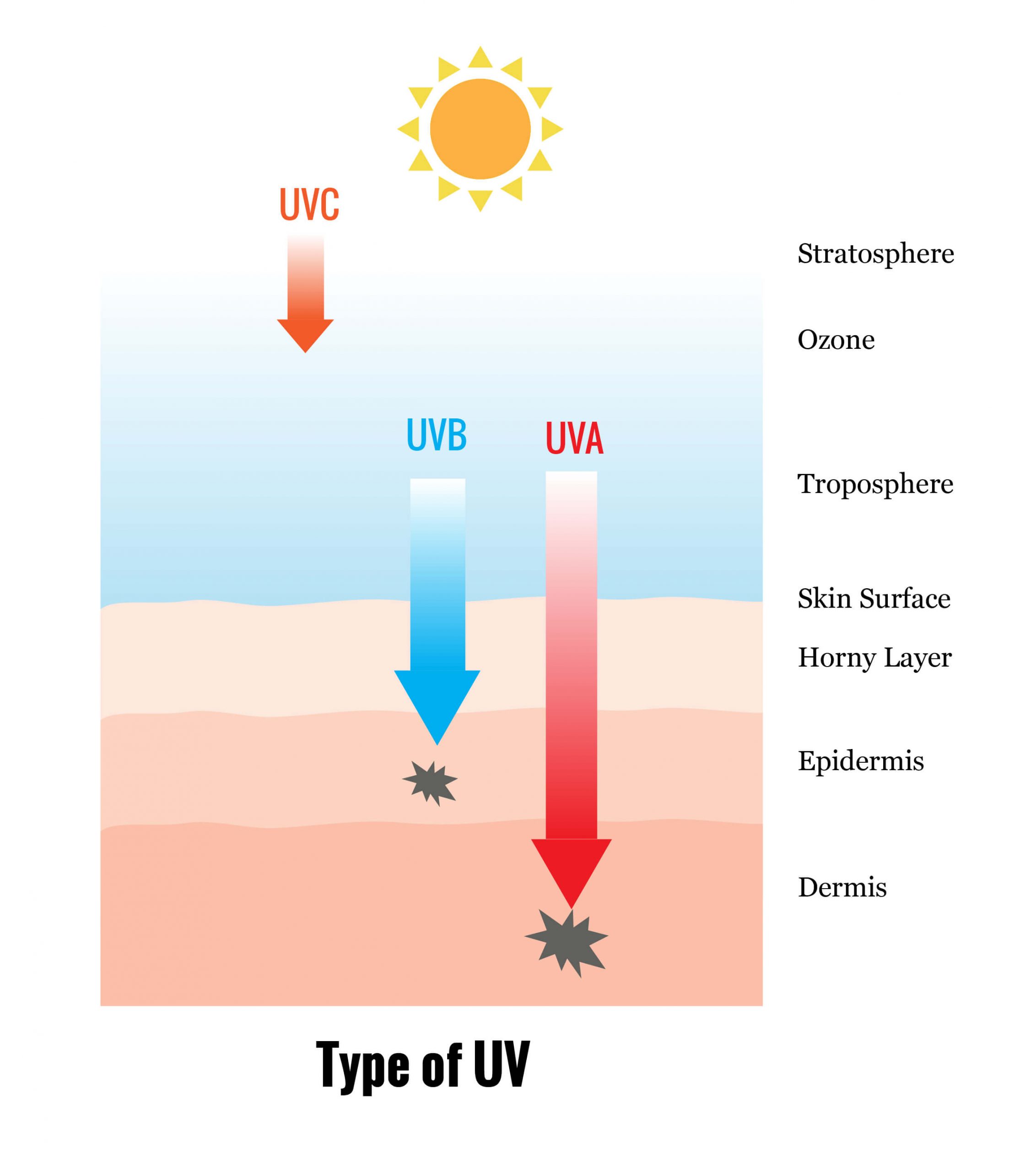
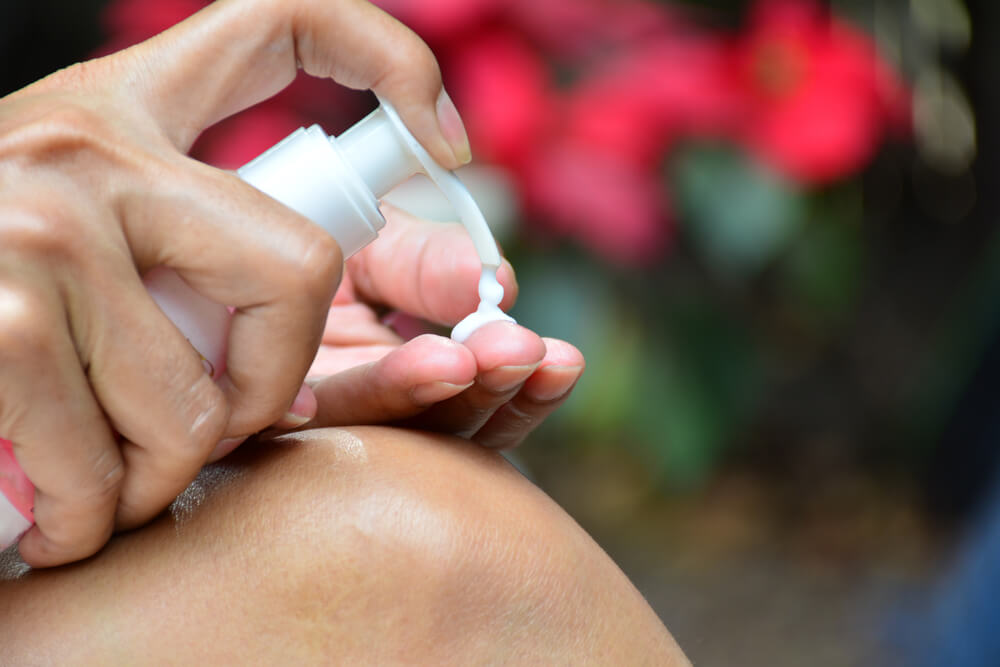

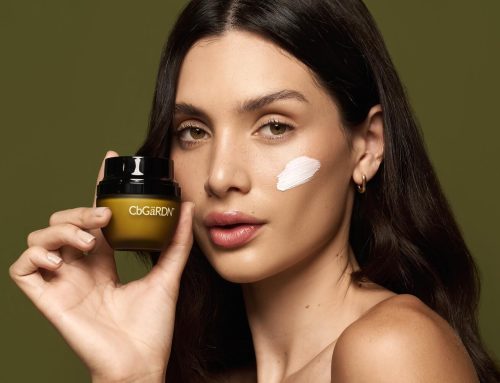
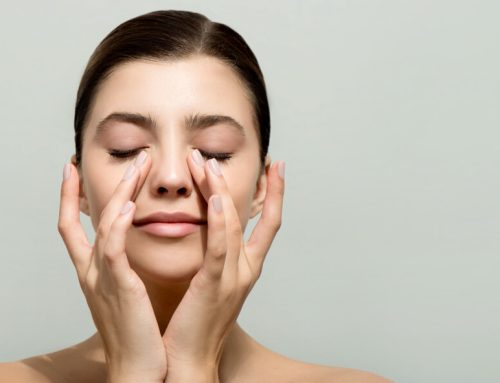

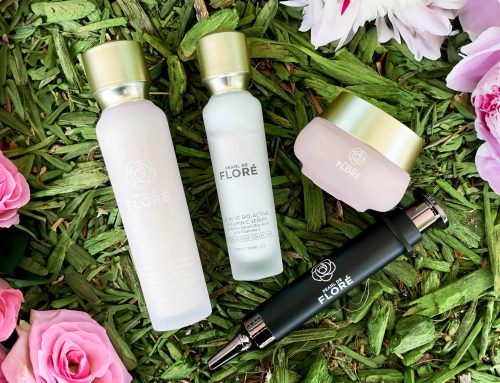
Leave A Comment